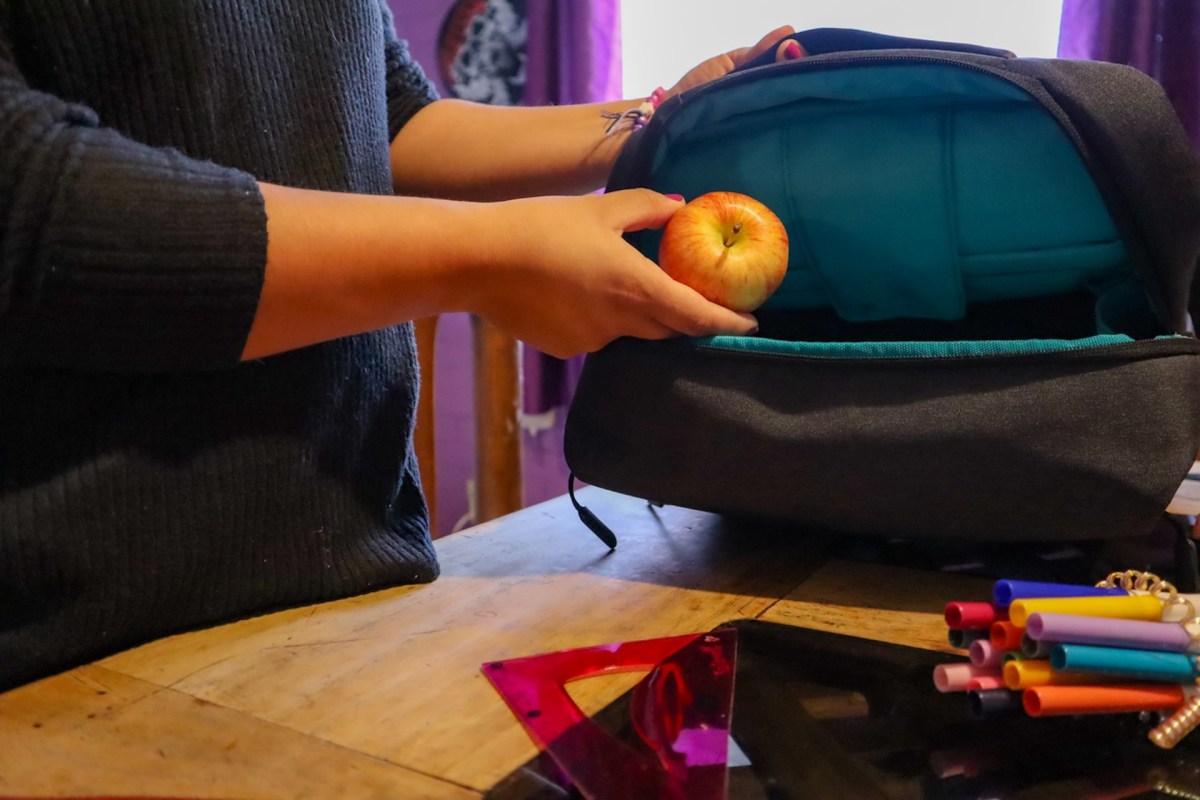Consumer Reports called for the U.S. Department of Agriculture to remove Lunchables from the National School Lunch Program after tests found that the popular lunch kits contain relatively high levels of heavy metals, sodium, and a harmful chemical.
What happened?
Consumer Reports tested Lunchables kits served as part of the National School Lunch Program as well as those available for purchase at supermarkets. Of the 12 store-bought versions tested, the advocacy group found relatively high levels of lead, cadmium, and sodium. All but one also tested positive for phthalates, a chemical found in plastic that is linked to a number of health problems.
The group also found that the kits used in the school lunch program have even higher levels of sodium than the store-bought varieties.
Amid the findings, CR called on the USDA to remove Lunchables from the National School Lunch Program, which serves nearly 30 million children, according to the group.
CR also found lead, cadmium, or both in similar kits from Armour LunchMakers, Good & Gather, Greenfield Natural Meat Co., and Oscar Mayer.
Why is the announcement concerning?
Lead and cadmium are heavy metals that can cause developmental problems in children over time, even in small amounts. CR reported that while none of the kits exceeded federal allowable limits, five of the 12 tested products would expose children to 50% or more of California's maximum allowable levels for lead or cadmium. California currently has the most restrictive policies on these metals.
The phthalates discovered in all but one kit are also of concern, as they are known endocrine disruptors that can lead to an increased risk of reproductive problems, obesity, diabetes, cardiovascular disease, and some cancers.
In addition, store-bought kits ranged from 460 to 740 milligrams of sodium per serving, with school versions coming in about 200 milligrams higher than comparable store products. Eating a high-sodium diet can contribute to high blood pressure and hypertension, a risk factor for heart disease, stroke, and kidney damage. According to CR, children with high-sodium diets are about 40% more likely to develop hypertension.
Suffice it to say, between the new findings and general lack of nutrition found in Lunchables, dietitians are not impressed.
"There's a lot to be concerned about in these kits," said Amy Keating, a registered dietitian at Consumer Reports, per USA Today. "They're highly processed, and regularly eating processed meat, a main ingredient in many of these products, has been linked to increased risk of some cancers."
According to Cancer Project dietitian Krista Haynes, per the Napa Recycling and Waste Services website, "Most Lunchables and other packaged lunch meals are packed with saturated fat and cholesterol. The only way to get significant fiber from these products would be to eat the box."
Lunch kits are by no means an outlier when it comes to foods containing harmful ingredients. For instance, chocolate also contains cadmium because cacao trees absorb it from the soil, but USDA researchers are working to figure out how to reduce this problem. A cinnamon and apple fruit pouch was recalled from supermarket shelves in late 2023 after it was linked to hundreds of cases of lead poisoning in children.
Unfortunately, Lunchables also contribute to our plastic waste problem. The product's packaging is made of No. 7 plastic, which is widely difficult to recycle, according to a number of websites.
What can I pack for my kids instead of Lunchables?
You can create a number of healthier alternatives to Lunchables yourself. Penn Medicine Lancaster General Health and UC Davis Health offer a variety of ideas to get you started, with the former even offering a full two-week plan. Just remember to pack them in a reusable container!
Join our free newsletter for easy tips to save more, waste less, and help yourself while helping the planet.








